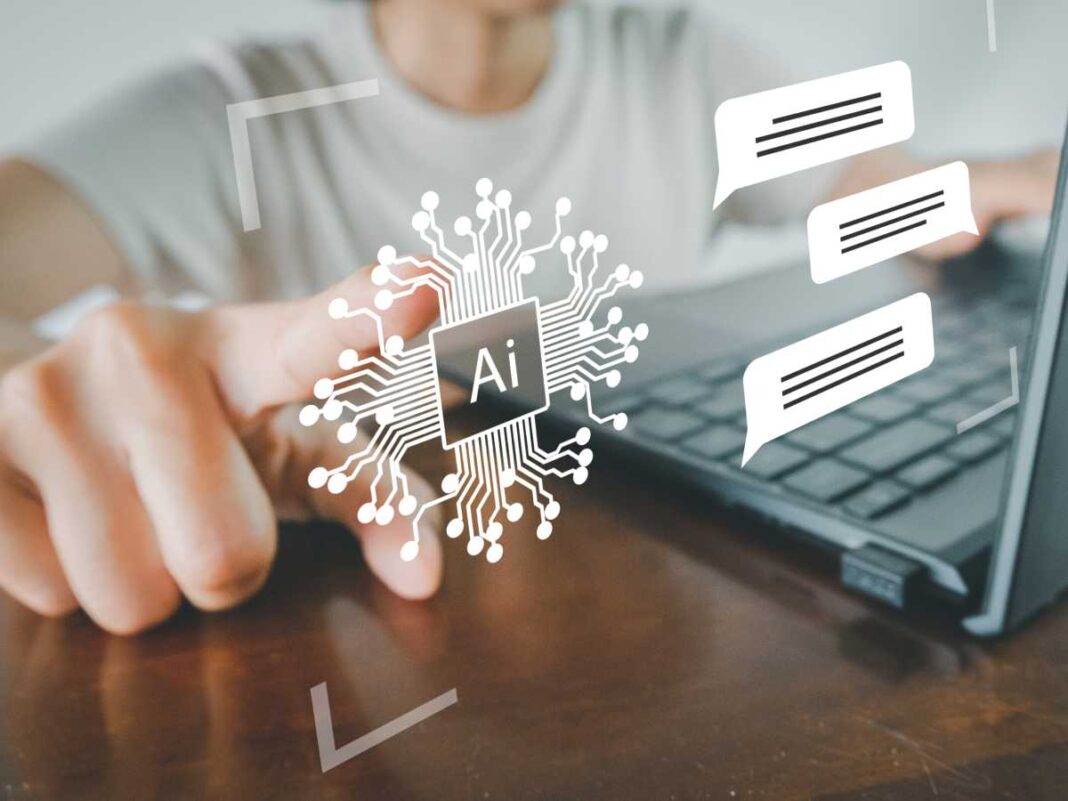Over the past few years, artificial intelligence (AI) has exponentially transformed the realm of modern education. From personalized learning experiences to administrative efficiency, AI’s integration into educational systems promises significant advancements. However, it also poses challenges that educators and policymakers must address to harness its full potential.
Opportunities of AI in Modern Education
Personalized Learning
One of the most significant contributions of AI in education is the capability to provide personalized learning experiences. Traditional classrooms often struggle to cater to individual student needs due to varying learning styles and paces. AI addresses this by analyzing students’ learning patterns and adapting content accordingly. Adaptive learning platforms like DreamBox and Knewton dynamically adjust task difficulty based on real-time student performance, ensuring that each learner progresses at an optimal pace. This personalized approach to education enhances engagement and improves academic outcomes.
Intelligent Tutoring Systems
AI-powered Intelligent Tutoring Systems (ITS) serve as personal tutors for students outside the classroom. Utilizing natural language processing and machine learning, systems such as MATHia and Watson Tutor provide instant feedback and tailored support. These tools help students learn at their own pace, deepening their understanding of complex subjects and fostering mastery. The integration of ITS represents a significant step toward enhancing student support through AI.
Automation of Administrative Tasks
Educators often spend considerable time on routine administrative tasks like grading and scheduling. AI streamlines these processes, allowing teachers to focus more on instruction and student engagement. Tools like Gradescope automate grading for various types of assessments, providing consistent feedback and reducing workload. This automation of routine tasks enhances operational efficiency within educational institutions.
Enhancing Accessibility
AI technologies are improving learning opportunities for students with disabilities and those from marginalized groups. Applications such as speech-to-text and text-to-speech enable greater participation for students with hearing or visual impairments. Tools like Microsoft’s Seeing AI and Google’s Live Transcribe make classrooms more inclusive by enhancing accessibility through AI.
Predictive Analytics and Early Intervention
AI’s predictive capabilities help identify students at risk of falling behind by analyzing factors like attendance, participation, and academic performance. Platforms like BrightBytes and IBM’s Predictive Analytics for Student Performance offer early warning systems. This enables educators to intervene promptly, providing the necessary support to students. The use of predictive analytics for student support is transforming how institutions address academic challenges.
Immersive Learning Experiences
AI, combined with Augmented Reality (AR) and Virtual Reality (VR), creates immersive educational environments. Tools such as Google Expeditions and ClassVR allow students to interactively explore subjects like anatomy or astronomy. These interactive learning environments engage students more deeply, enhancing retention and understanding.
Challenges of AI Integration in Education
Data Privacy and Security
The use of AI in education brings up important concerns regarding data privacy and security. AI systems collate large amounts of personal data, and protecting this sensitive information is paramount. Institutions must implement robust data governance and privacy measures to ensure that student data is secure. Addressing these ethical considerations is essential for fostering trust in AI technologies.
Ethical Considerations and Bias
AI systems can inadvertently perpetuate biases present in their training data, leading to unfair outcomes for certain groups of students. Ensuring that AI tools are fair and unbiased requires careful design and continuous oversight. Educators and developers must be more aware in addressing bias and equity issues associated with AI in education.
Digital Divide and Accessibility
While AI has the potential to make education more accessible, it can also exacerbate existing inequalities due to the digital divide. Students in resource-constrained environments may lack access to the necessary technology, widening the educational gap. Addressing the digital divide is crucial to ensure that all students benefit from AI advancements.
Educator Training and Professional Development
Effective integration of AI in education requires educators to be adequately trained to use these technologies. Professional development programs are necessary to upgrade teachers with the essential skills to integrate AI tools into their teaching effectively. The importance of educator training cannot be overstated in maximizing the benefits of AI.
Balancing AI with Human Interaction
While AI offers numerous benefits, it cannot replace the human elements of empathy, emotional support, and mentorship that educators provide. Therefore, it is essential to strike a balance between exploring AI technologies and maintaining the human touch in education. To make the most of the latest AI technology, it is best to ensure AI complements the education realm rather than replaces human interaction.
Future Potential and Innovations
AI continues to evolve, and its future potential in education is vast. Collaborative efforts between educators and AI developers can lead to tools that are more aligned with educational needs and respectful of privacy and ethical considerations. AI has the potential to revolutionize lifelong learning and professional upskilling, making education more accessible and customized throughout an individual’s life. Embracing these future potentials will shape the evolution of education.
Conclusion
AI is reshaping the educational landscape, offering opportunities for personalized learning, enhanced accessibility, and operational efficiency. However, it brings challenges that require careful consideration, including data privacy, ethical concerns, and the need for equitable access. By addressing these issues proactively, educators and policymakers can harness the full potential of AI to improve educational outcomes for all students.


